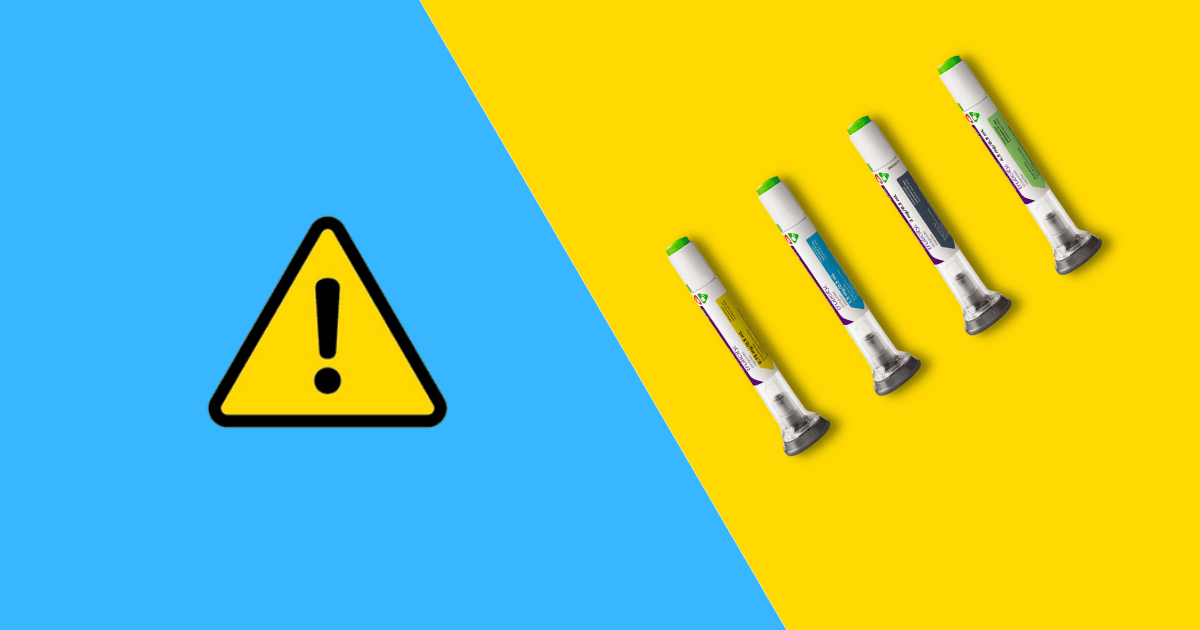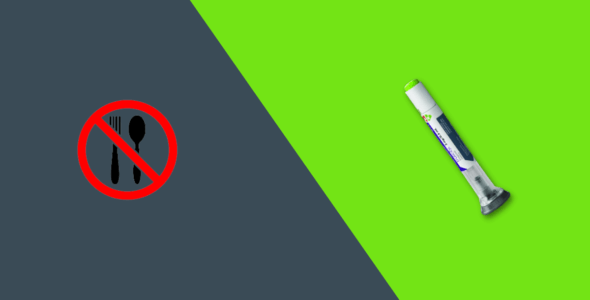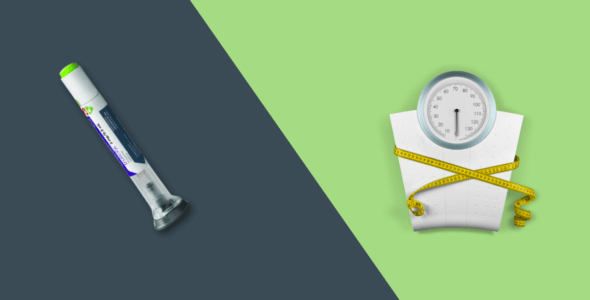Trulicity side effects and how to avoid them
Key highlights
- Common side effects include nausea, vomiting, diarrhea, indigestion, constipation, abdominal pain (stomach pain), and reduced appetite.
- In clinical trials, 8% to 29% of people using Trulicity experienced some nausea during the first 2 to 3 days after they took their first dose.
Trulicity is a diabetes medication used for the treatment of type 2 diabetes mellitus. It is often prescribed with metformin alongside diet and exercise to help manage blood glucose levels. Trulicity isn’t used to treat type 1 diabetes. Just like other drugs, it can cause adverse effects. It’s important to talk to your healthcare professional for medical advice about possible side effects that trouble you or are persistent. Learn more about Trulicity side effects and how to avoid them.
What is Trulicity?
Trulicity is a brand-name drug manufactured by Eli Lilly. It is an FDA (Food and Drug Administration) approved prescription drug for adults who have type 2 diabetes. It helps to:
- Reduce blood sugar levels when used alongside exercise and dietary changes
- Reduce the risk of serious heart problems, such as strokes or heart attacks, in people with heart disease or who have risk factors for cardiovascular disease
If you have type 2 diabetes, you may not produce enough insulin, or you may even become resistant to insulin. If this happens, you will absorb less sugar from your blood, resulting in high blood sugar levels.
Trulicity can help you lower your blood glucose. It encourages your pancreas to secrete more insulin and reduces how much sugar is released into your blood. This can help to reduce your diabetes symptoms and the likelihood of developing other serious health conditions if taken alongside changes to your daily life, like increasing exercise and having a healthier diet.
Trulicity active ingredients
Trulicity is classed as a peptide-1 receptor agonist. The active ingredient dulaglutide is absorbed into your digestive system, which it has two effects. It binds with areas on some of your cells called glucagon-like peptide-1 (GLP-1) receptors. This encourages your pancreas to make more insulin, allowing cells in your body to more effectively remove sugar from your blood. At the same time, dulaglutide also reduces how much sugar your pancreas allows to be released into your blood. The combination of these two processes can reduce your blood sugar levels.
How to use Trulicity
Trulicity is usually taken once a week by injecting it under your skin using a prefilled injection pen. Each Trulicity pen holds one single dose of the drug. Use a new pen for each weekly dose. You can inject your dose of Trulicity into your upper arm, abdomen, or thigh. It is important to change the injection site every week. You can inject Trulicity whether you’ve eaten or not.
Trulicity has 4 dose options: 0.75 mg/0.5 mL solution in a single-dose pen, 1.5 mg/0.5 mL solution in a single-dose pen, 3 mg/0.5 mL solution in a single-dose pen and 4.5 mg/0.5 mL solution in a single-dose pen.
If a dose is missed, it can be taken as soon as possible if there are at least 3 days (72 hours) until the next scheduled dose. If less than 3 days remain before the next scheduled dose, skip the missed dose and administer the next dose on the regularly scheduled day.
You may store the opened medicine pen or prefilled syringe in the refrigerator or at room temperature for up to 14 days.
RELATED: Does Trulicity need to be refrigerated?
Get your Trulicity medication for only $49 per month
Get StartedCommon side effects of Trulicity
Common Trulicity side effects include nausea, vomiting, diarrhea, indigestion, constipation, abdominal pain (stomach pain), and reduced appetite leading to weight loss.
In clinical trials, 8% to 29% of people using Trulicity experienced some nausea during the first 2 to 3 days after they took their first dose. Nausea eased off after the first 2 weeks, but some people experienced nausea with Trulicity beyond their second week of treatment.
The best way to avoid these common side effects is to eat smaller meals and try splitting your 3 daily meals into 4 or smaller ones, stop eating when you feel full and choose foods that are not fatty but are bland such as toast, crackers, or rice.
More serious side effects of Trulicity include:
- Low blood sugar (hypoglycemia) – your blood sugar falls too low, particularly when used with other medications like insulin or sulfonylurea. You can reduce your risk of low blood sugar levels by doing a few basic things. Sticking to a daily routine of meals, injecting your insulin at set times each day, and measuring your blood glucose using a blood glucose monitor to make sure you don’t inject insulin when your glucose levels are already low. See our blog on how to lower blood sugar fast for more information
- Severe allergic reactions to the medication
- Thyroid tumors and a type of thyroid cancer called medullary thyroid carcinoma
- Inflammation of your pancreas (pancreatitis)
- Kidney problems, including kidney failure
- Severe stomach problems
- Diabetic retinopathy (caused by damaged blood vessels in the eye, which may lead to vision loss)
Your pharmacist or healthcare provider can give you full drug information on Trulicity, including drug interactions with prescription drugs, over-the-counter medicines, and supplements. Before taking Trulicity, speak to your healthcare provider about any medical conditions you may have, including if you are pregnant or breastfeeding.
Medically reviewed
A medical professional has reviewed this article.


Jamie Winn, PharmD
Jamie Winn, PharmD
Dr. Jamie Winn received his Doctor of Pharmacy in 2002 from the University of South Carolina College of Pharmacy, Columbia, SC. Jamie is a medical reviewer for NiceRx.






